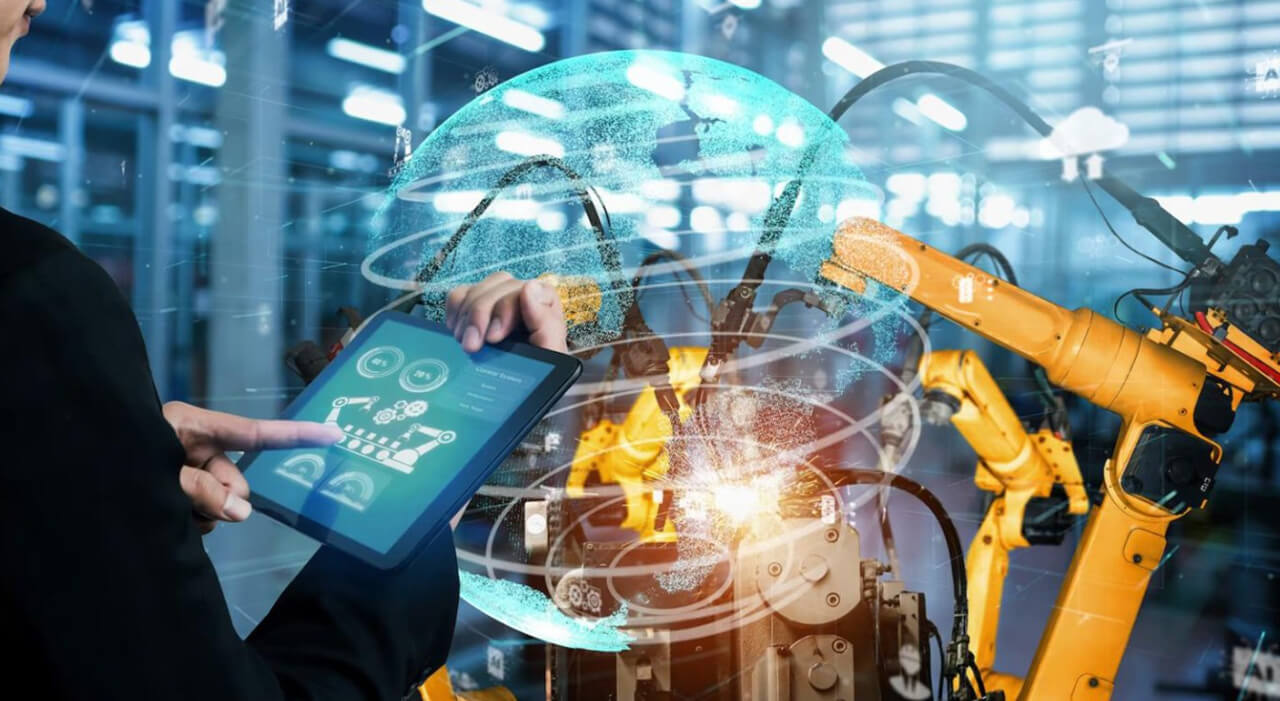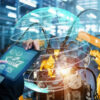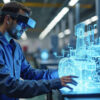- Delivery time 3-4 working days
₹0
How AI and IoT Are Transforming Industrial Machinery
Walk into any modern factory today and you’ll notice something very different from a decade ago. Machines aren’t just running—they’re thinking, adapting, and communicating. Thanks to Artificial Intelligence (AI) and the Internet of Things (IoT), traditional industrial machinery is going through a powerful transformation. It’s no longer just about horsepower and steel. It’s about intelligence, insight, and integration.
This shift is reshaping industries across the board. From large-scale manufacturing plants to smaller production setups, companies are discovering that smarter machines are helping them work faster, save energy, and prevent problems before they start. The change hasn’t come overnight, but it’s happening faster than many expected.
In the past, machines worked in isolation. Operators would monitor gauges and dials, hoping to catch any signs of trouble in time. Repairs were usually reactive—something broke, someone fixed it. Today, IoT sensors feed live data to control panels, dashboards, and even mobile apps.
This means issues can be spotted early, or avoided altogether.
One of the most helpful aspects of this tech-driven revolution is predictive maintenance.
Instead of shutting down a production line for routine service, or worse, waiting for a breakdown, companies can now anticipate problems. Sensors detect subtle changes in performance—vibration, temperature, sound—well before a human would notice. AI systems process this information and alert technicians when a component is likely to fail. That way, parts can be replaced just in time, not too early, not too late.
Remote monitoring has also changed how teams manage their operations. A supervisor doesn’t have to be on the floor to know what’s going on. Whether they’re across the building or across the country, they can see real-time data, review machine status, and even make changes remotely. This level of control has brought peace of mind to plant managers and flexibility to maintenance teams.
Another major advantage is how AI and IoT are helping businesses become more energy-efficient. By constantly analyzing data, these systems can fine-tune performance. For instance, if a machine is running faster than needed or using more power than necessary, adjustments can be made automatically. These small changes add up—reducing energy bills and cutting waste.
Halfway through 2025, these innovations are more than just experiments. They’re practical tools delivering real value:
- Machines now alert teams before problems occur, not after.
- Factories are tracking performance from mobile apps.
- Energy use is being reduced without slowing down output.
- Safety systems are smarter, with real-time feedback.
- Operators are making better decisions with clearer data.
Another welcome change is how these technologies are supporting workers, not replacing them. While some people feared automation would push humans out, the reality has been more collaborative. Many new machines are designed to assist workers—handling repetitive or risky tasks so people can focus on the work that really needs a human touch. This includes decision-making, fine adjustments, and responding to unique challenges.
The term “cobot”—short for collaborative robot—has become common in many industries.
These machines work side-by-side with people, sharing space and tasks in a safe, efficient way.
It’s not about removing the human role; it’s about enhancing it. Of course, introducing smart machines isn’t as simple as flipping a switch. There’s investment involved, along with the need to train teams and secure systems from online threats. But more companies are seeing these challenges as worthwhile steps toward a better future.
And there’s a bigger picture, too. By using intelligent systems, companies are reducing waste, conserving energy, and making more thoughtful use of resources. This isn’t just good business—it’s good stewardship of the planet.
In conclusion, the integration of AI and IoT into industrial machinery is no longer a trend—it’s the new reality. The machines may look the same on the outside, but inside, they’re operating on an entirely different level. As technology continues to evolve, the companies that embrace these changes are the ones most likely to thrive—not just today, but in the years ahead.

Need Help?
+91 9910257614
10:30 AM to 8:00 PM
- -5% for all order in this week Shop now
- Delivery time 3-4 working days





